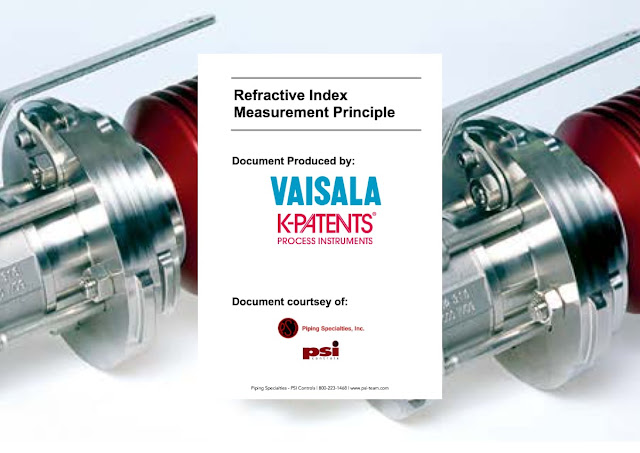This application takes place at a large power plant well known for its "Green Approach" and it's commitment to ensuring a clean and healthy atmosphere in and around the plant.
The branched sewer system of the power plant requires instant maintenance and control. The plant uses water to operate the turbine. This water and other wastes move to the city’s wastewater treatment plant through the sewage system.
Some of the sewers are dispersed in remote locations around the plant, making it difficult for personal maintenance personnel to approach and repair damage on time. Plant technicians were looking for a solution to control the sewers better and avoid cases where wastewater might overflow.
The sewage pool readings had to be transmitted to the central DCS because the sewage system connects to a central control room. The plant needed a 24/7 watch and an on-site guard to gain maximum control over those sewers.
Technicians also stressed that wastewater flooding was inevitable because it takes time for the equipment to handle blockages. This flooding has caused severe damage to the environment. It was essential to control the wastewater level in the sewers to avoid cases such as these from reappearing.
The Drexelbrook Usonic - The Solution
After a lengthy examination of several possibilities, the plant decided to install two Drexelbrook USonic systems in its sewage pools. The ability of USonic to produce non-contact, continuous, and accurate readings of the water level in the pools gave the engineers of the plant a clear picture of the pools' status.
Its compact size and integral construction simplify its installation, offering an efficient solution in no time at all. The USonic had no problem providing 12ft water level readings with a measurement range of up to 30 ft. It can map obstacles in the pool and memorize interfering signals with its scan distance function.
The USonic was linked to the central control system via 4-20mA, allowing the plant engineers to control the water level in the sewers constantly. The engineers know that the sewers would maintain the correct water level, and the system would be alerted in an emergency.
Summary
The two USonic systems installed in the power plant give complete control over the sewers' water level to the plant's engineers. The systems' ability to display continuous level readings around the clock improved maintenance crews handle the sewage system.
To detect sudden blockages and avoid environmental damage on time, they can now save time. The plant received an immediate return on investment due to its compact size and reduced price.





